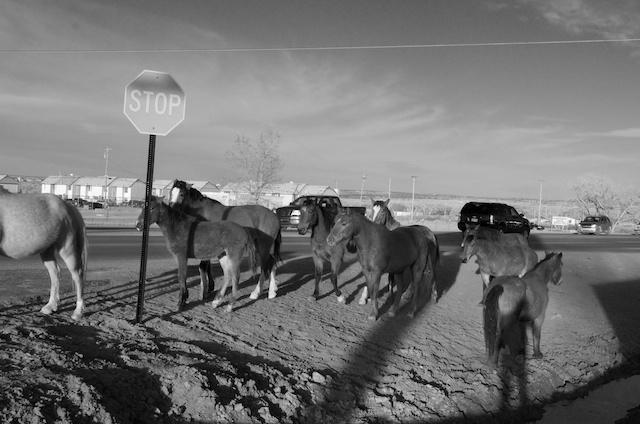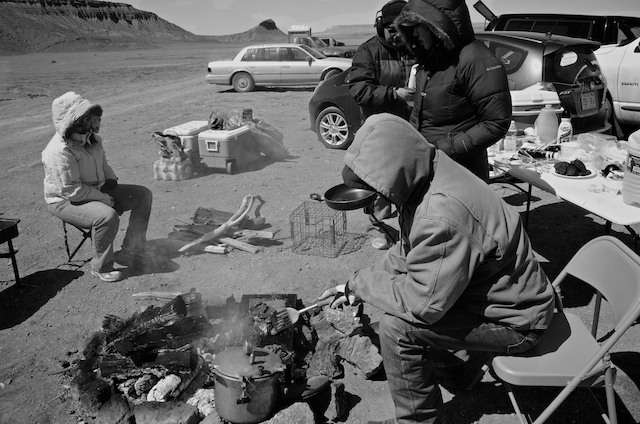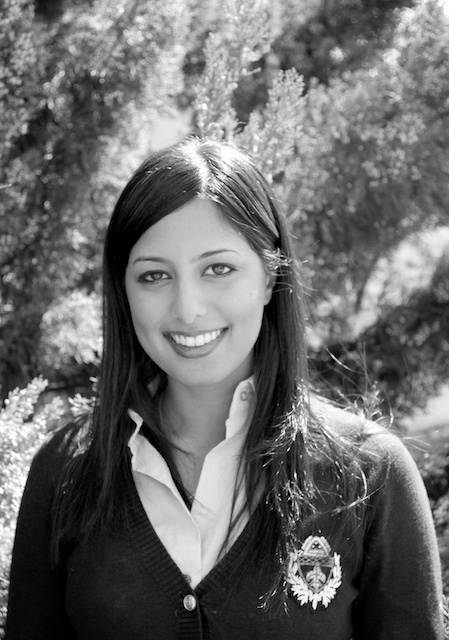How do you feel about the decline in family practice doctors? Do you think nurse practitioners and the like will fully replace family doctors in the future?
Anonymous
Thank you for your question!
I know many extremely smart, talented, and capable Nurse Practitioners and Physician Assistants working across various specialties. We are blessed in the health care community and as a population to have them in our ranks as health care professionals.
I don’t believe that mid-level practitioners are the ultimate solution to our ‘physician shortage’. The real issue with physician shortages is regional (excluding the looming ‘baby boomer’ issue). If your community is in a very rural and isolated area the problem isn’t that there aren’t enough physicians to cover the region, it is that health care providers, regardless of profession or specialty, tend to want to move to areas that offer more social opportunities, strong schools, and spouse employment opportunities. If you increase the number of Nurse Practitioners and increase their scope of practice, they are just as likely to not want to practice in these areas as their physician colleagues.
Regarding Family Medicine in particular, a Family Physician is a specialist in providing care to the individual, the family unit, and the community. Not including undergraduate pre-medical education and the first two years of medical school, the 3rd and 4th year medical school clinical years and the completion of residency training in Family Medicine encompasses between 20,000 and and 22,000 hours of clinical training to become a Family Doctor. As you can see from this blog, Family Physicians are trained to work competently in various settings- from continunity outpatient clinics, emergency rooms, and the ICU, from providing obstetrical and maternity care, pediatrics, or working as hospitalists. A Family Doctor is expected to be able to care for 90% of the problems a patient may present with 90% of the time. Compare this with between 2800 and 5300 clinical hours for masters-level to doctorate-level Nurse Practitioners.
Most people don’t know a Family Physician who practices the full scope of clinical Family Medicine, usually because the full-scope of Family Medicine is encountered in the rural or international setting. This has generally been self-imposed by Family Physicians themselves. Most people hate getting up in the middle of the night to deliver a baby or stay up admitting and managing a complex patient to an ICU requirng ventilator management and pressors. The inconvenience to lifestyle is a factor that is also causing OB-GYN’s to give up obstetrics as part of their practice and only focus on office and operative gynecology while laborists manage the burden of hospital obstetrics. The same for pediatricians and internists who have stopped admitting their own patients to the hospital and allowed hospitalists or nocturnists to manage this time-consuming aspect of care. The era of HMO’s in the early 90’s allowed Family Doctors the role of gate-keeper, which proved to be lucrative and offered a high income for many Family Physicians without the burden of long hours and having to practice in various areas of the hospital and clinic. These physicians then stayed comfortable in this role well past the era of the gate-keepers into the present.
That being said, there is a recent and strong resurgence of interest in training in a procedural and broad-scope practice of Family Medicine. This charge has been led by forward- thinking residency programs like Wesley Family Medicine (my training program), Ventura County Medical Center, the Contra Costa Family Medicine Residency, Via Christi, and several other programs. Residents in these residencies graduate with a broad range of high-volume, evidence-based procedural and management skills to offer the care intended to be provided by a Family Doctor.
I don’t believe that just because somebody is a Family Doctor they should be allowed to work in any setting or perform whatever procedure they desire. They should be extremely well trained and meet the exact same requirements that specialists working in those areas or performing those procedures must meet. I believe Family Medicine residencies should be extended to at least 4 years of training, especially in the face of recent work hour changes imposed by the ACGME.
There are some aspects of the Affordable Care Act that are leveling the finanical incentives for those deciding to enter primary care training out of medical school versus more lucrative specialty training, but they are certainly not enough to convince medical students to make this decision at this time.
While I am extremely grateful for and impressed by the role many of my Nurse Practitioner colleagues play, in answer to your question, I don’t believe that they are capable of filling the gap that the true practice of well-trained Family Physicians offer to communities. I think a solution to our regional physician shortages should be focused on both aggressive student loan forgiveness and high financial incentives for medical students who both enter Family Medicine as a specialty and relocate to rural areas in need of comprehensive health care coverage. Then emphasis should be placed on physician retention to these areas so there doesn’t need to be turnover every 1 to 4 years once loan forgiveness ends. High job satisfaction and good pay are the ultimate recruitment tools. There are currently plans like this in place by the National Health Service Corps, and the Indian Health Services, but I don’t believe they go far enough and are too difficult to obtain for students deciding to pursue Family Medicine.
I also believe there should be programs in place that help fast-track excellent Nurse Practitioners who have been in practice for several years through medical school and into Family Medicine residencies that will mitigate the costs of further training and shorten their total time in school as some of the training will be redundant to them (for instance some of the basic sciences of the first and second years, but not all of that course work). I have a brilliant colleague who is a Nurse Practitioner who wants to move beyond the limitations of his clinical training towards becoming a phyician, but it is unfair that he should need to take on another 150 to 300 thousand dollars of debt and 7 more years of training.







